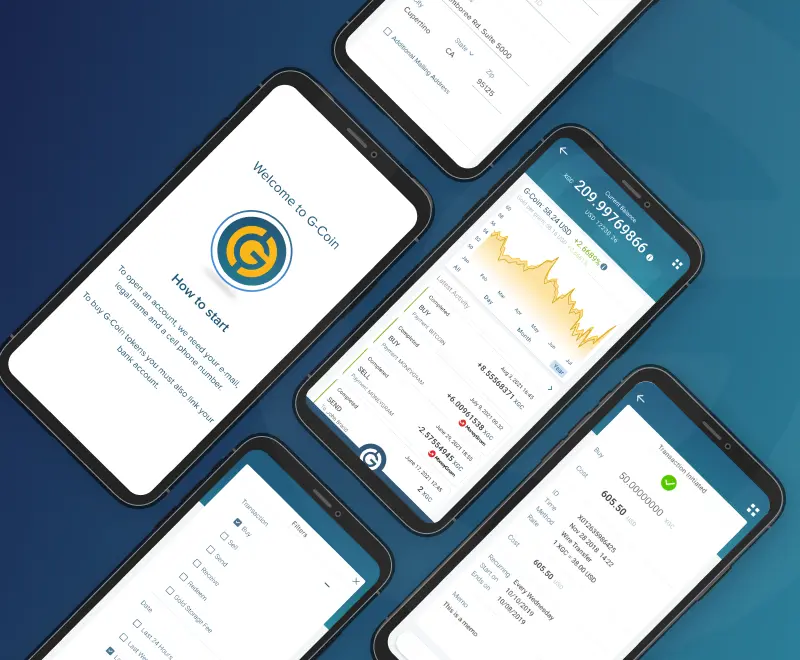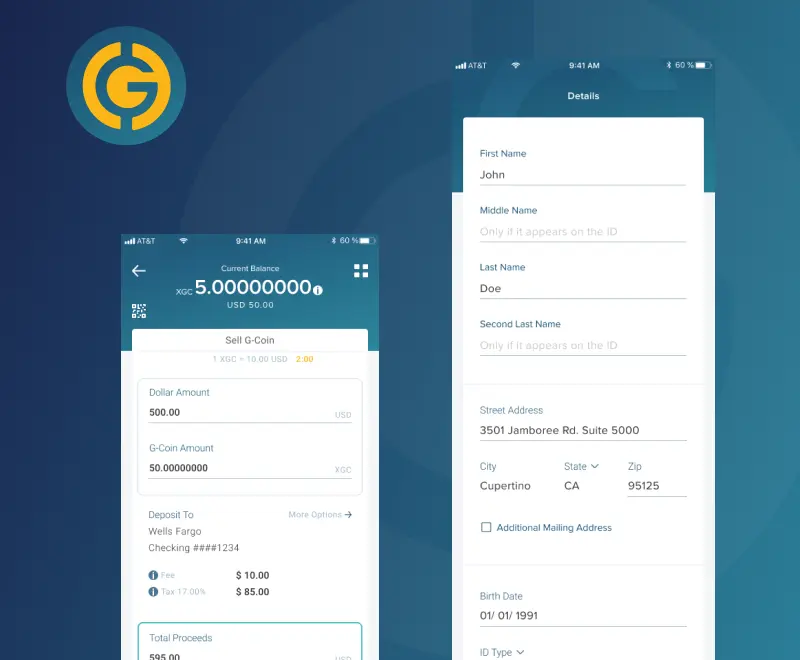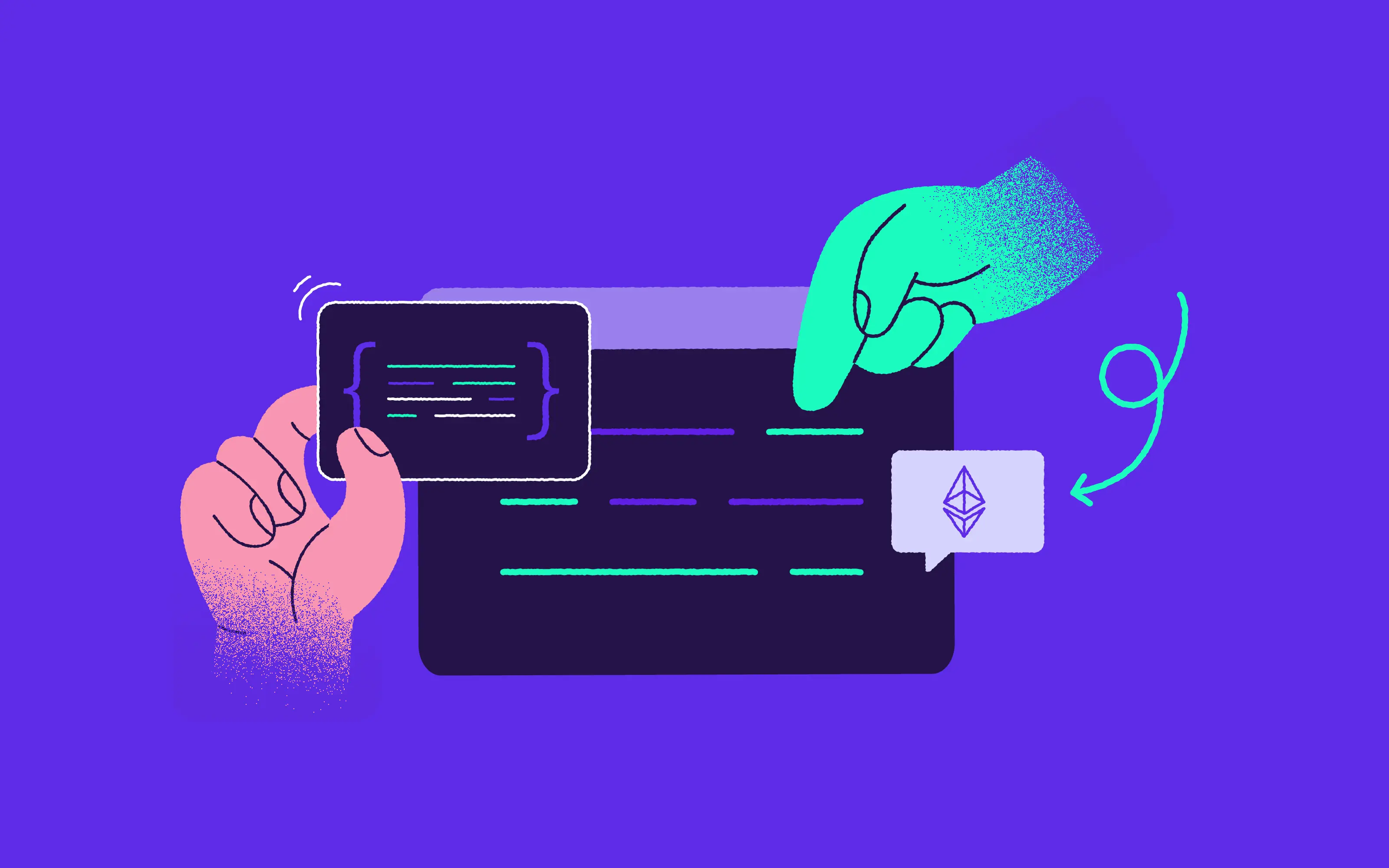Transferring from Private to Public Blockchain — The story of G-Coin®
08.09.2021 | 6 min read

The key question being asked in the world of blockchain innovation is whether it’s worth starting your own blockchain or whether it makes more financial sense to join a pre-existing one. Until fairly recently, these two options have been running neck-and-neck. But increasingly, the value of public blockchains is being realised, and private blockchains are seeing the benefits of going public. We investigate what exactly these benefits are and what the transition process involves in the exciting use case of G-Coin®.
What’s the difference between a public and a private blockchain?
As the names suggest, public blockchains are entirely open to the public, meaning that anyone with an internet connection can download the given blockchain’s software and run their own node. This means that public blockchains such as Ethereum and Bitcoin are formed of thousands of nodes, all contributing to its maintenance. In contrast, private blockchains have restricted access for a fixed group of people. They are usually managed by a centralized system and have a network administrator.
The benefits of private blockchains
Private blockchains have a number of advantages. Due to their limited usage, they are usually faster and more efficient. They have clear and maintainable agreements between stakeholders, less room for error and lower operating costs. It’s generally much simpler to operate and maintain the blockchain as you don’t have to worry about things such as Proof of Work or Proof of Stake to reach transaction consensus. Generally, private blockchains are safe and reliable to use in any organization regardless of its size, as they are entirely transparent and traceable.

The benefits of public blockchains
As a general rule, the more users a blockchain has, the more useful it becomes. Public blockchains like Ethereum can offer a better choice for enterprise users. Even if they achieve monopoly-like dominance, there is no administrator at the centre who would extract excess profits, as they might do in a private blockchain.
Security is an ongoing major challenge for public blockchains, but with recent developments in privacy technology and encryption, this concern is diminishing. Likewise, Layer 2 scaling technologies such as Plasma enable better speed and scalability (which also pose a concern for some).
Furthermore, using a public blockchain can help businesses save costs, as they’re not responsible for running and maintaining the entire blockchain infrastructure and can focus instead on integrating their case into the blockchain.
Emergent Technology Limited (EmTech) has developed a blockchain based digital gold token – G-Coin. It is essentially a digital certificate of title to a bar of a Responsible Gold™ kilobar that is stored in a secure vault. Each G-Coin token represents one gram of responsibly sourced gold. The company believes the product combines the best qualities of traditional gold – stability, security, and value confidence – with the benefits of digital currency innovation. G-Coin has thus far been offered on a private blockchain, but it’s looking to make the move into the public domain. We spoke to EmTech’s Product Owners to find out more.

The process of introducing private tokens to a public Blockchain
An interview with Mariusz Potocki, Product Manager and Leila Ruiz, Program Manager at EmTech.
1. Can you tell us a bit more about G-Coin and why it has a unique product offering?
We see digital assets as the future of financial services. There are digital assets in the market that provide utility as a means of exchange, but they are not a viable store of value. On the other end of the spectrum, traditional assets and commodities do not offer much utility beyond storing value. We see a huge opportunity here.
By tokenizing physical gold we are providing an unprecedented level of utility to a traditional asset. G-Coin tokens aim to be both the best medium of exchange amongst digital tokens and an even better, more convenient store of value than physical gold.

2. What sparked the decision to move to a public blockchain model?
Let me start by providing some context. In order to achieve maximum G-Coin utility, we created a custom blockchain called QoS which is optimised to support more than 10,000 transactions per second. This allows us to offer free G-Coin transfers amongst all of our US customers and in the future will enable fast cross-border transfers for both consumers and businesses.
In order to expand the appeal of G-Coin and introduce it to new customers, we made the decision to introduce G-Coin tokens which are based on Ethereum. We will be issuing standard ERC-20 tokens and we are working diligently with external partners to make G-Coin tokens available on crypto exchanges. We expect to announce the first of those partnerships soon.
In effect we are not quite moving to a public blockchain but simply providing customers more options as to how they want to own G-Coin tokens.
3. What does the process of moving a private token to a public blockchain involve?
By introducing an ethereum bridge, we are able to issue new ERC-20 tokens on the Ethereum network and link them to existing G-Coin tokens, giving customers ownership of the physical gold stored in registered vaults. Customers will be able to buy the ethereum-based G-Coin on select crypto exchanges.
The bridge will work both ways - with customers able to open their wallets on QoS by downloading the G-Coin App and transferring their holdings there. What is most important is that every Ethereum-based G-Coin token is the title to 1 gram of gold exactly like the QoS G-Coin token.

4. What are your hopes and plans for the future of G-Coin?
In the near future we will be focusing on expanding our reach by entering new territories in Asia, Africa and Oceania. We will also be offering new ways to buy, sell and send G-Coin tokens by working with our partners. MoneyGram was the first of those partnerships to be announced and will allow its customers in supported US states to buy and sell G-Coin at participating MoneyGram retail locations.
Ultimately the goal is for G-Coin tokens to become a globally accepted digital asset both for storing value as well as international transfers and remittances.



